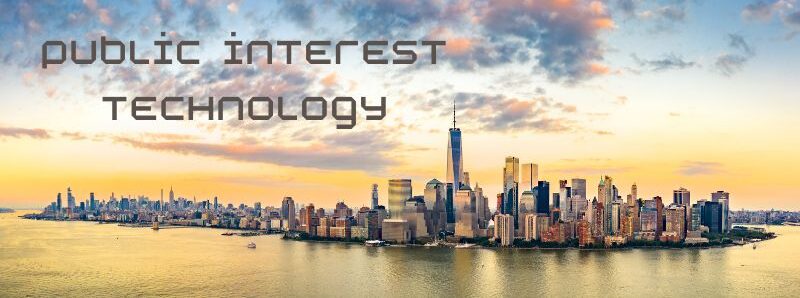Though it was written nearly a century ago, John Dewey’s The Public and Its Problems is a relevant piece of literature that aptly describes the relationship between technology, politics, and the public. Dewey notes that “indirect, extensive, enduring and serious consequences of conjoint and interacting behavior call a public into existence having a common interest in controlling these consequences” (126). My interpretation of Dewey’s definition of the public is that a public exists anytime people have shared interests in cooperating because the consequences of not doing so would be large and experienced by all members of the public. The United States could be considered a public, under this definition, as we have a shared interest to work together to preserve the stability of our democracy. On a larger scale, the entire human population could be considered a public as we each have shared interests to avoid things like extreme climate change when the consequences would impact every one of us.
The public can only thrive, Dewey argues, once converted to a Great Community. The Great Community takes the idea of the public and extends it beyond the incentive framework and into a space centered in human connection. To this point, Dewey says that “association itself is physical and organic, while communal life is moral, that is emotionally, intellectually, and consciously sustained” (151). Humans instinctively seek to form relationships with others, but community requires action and motivation to maintain harmony.
This is a difficult task for societies because man is a selfish creature; and here is where we encounter the tragedy of the commons. Hardin’s tragedy of the commons is a theory that is twofold—on the one hand, when humans have a shared resource (e.g. the commons), they must constantly evaluate the cost-benefit ratio of taking for themselves and leaving some for others. On the other hand, individuals each play a part in making problems for the commons that everyone in the public must endure (e.g., pollution, waste, etc.). Hardin contends that there is no technical solution to the problem of the commons, and based on this week’s readings I would argue that the solution to the problem of the commons is community. Social ties, respect for each other, and respect for the commons is the foundation for overcoming the tragedy. Ostrom et al. supports this theory by stating that “although tragedies have undoubtedly occurred, it is also obvious that for thousands of years people have self-organized to manage common-pool resources, and users often do devise long-term, sustainable institutions for governing these resources” (213).
The commons is at once a space for tragedy, a space for solution, and a space for political and social contest. As with all other human systems and phenomena, the public and the commons that exist around it is constantly in flux. Our needs, priorities, relationships, struggles, and ideologies will continue to change and how we navigate those changes is also continually in motion. This conclusion was heavily influenced by Harney & Moten’s The Undercommons. Harney & Moten push us to challenge our understanding of the commons and how different classes of people are valued within that framework. The undercommons represents a revolution that does not recognize the commons as a defined space pre-determined and managed by colonizers. The commons, they believe, should be upended as we know it to create a new society that is inclusive and beyond politics because politics aren’t necessary. People engage with governance and one another without the need for politics because they are one community above all else. To end this argument where we began, Dewey makes it clear that “‘we’ and ‘our’ exist only when the consequences of combined action are perceived and become an object of desire and effort” (151).
Technology presents new challenges to the public and serves as yet another extension of the commons. Public interest technology is a field that helps address the issues of the undercommons and the inequalities that exist for marginalized groups. It centers transparency, equity, and accountability to determine not just how we can use certain technologies, but why and by whom? Though regulation has already lagged far behind innovation, creating something different and something new is always an option the public will have to reclaim the commons.


